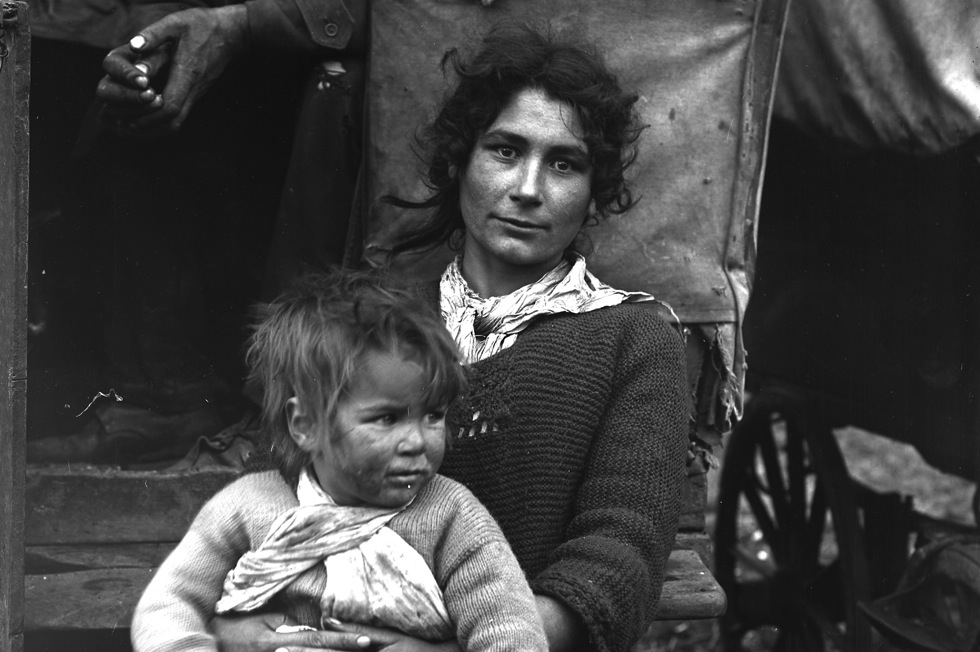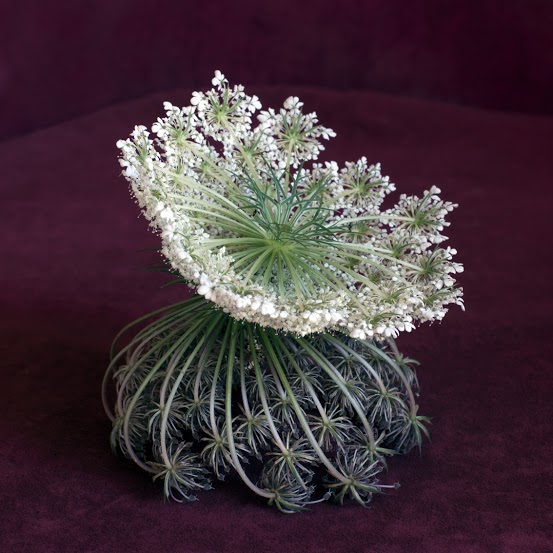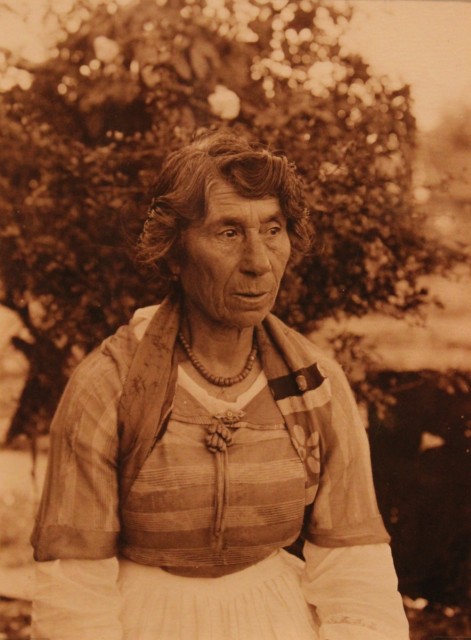Celebrating The Outsider: Helen Sear And Fred Shaw — Reviewed

A celebration of the outsider? At the Victoria Gallery & Museum, Ruth White finds two photographers, separated by more than 100 years, find common ground in their ostracised subject matter…
Visit the Victoria Gallery and Museum from now until September, and you’ll be met by two very different photographic exhibitions, both seemingly focused on underappreciated subject matter. Both bodies of work, by Helen Sear and Fred Shaw respectively, form part of Liverpool’s LOOK/15 Photography Festival, whose theme this year of exchange has been chosen in relation to the city’s history as a sea port and as a place “like all places”; where not only money, commodities and flora and fauna have been exchanged, but also people, politics, ideas and culture.
However, it is the word ‘wild’ that springs to mind on my visit to the gallery. It is a word that has positive and negative connotations: poetic and romantic, yet equally, a word that can be robbed of its poetry and used as an insult; as a way of describing antisocial behaviour, or those who are perceived as ‘lacking’ in some way.
And so to Helen Sear. The artist has recently been announced as the first female to represent Wales in the forthcoming Venice Biennale, so this is a welcome and timely show of her new works. In I Love You Daucus Carota (2015), Sear has managed to tame the weed she professes to love, elevating it to a noble status. Referring to the name of the carefully arranged wild flower heads which sit upon and against a royal purple velvet backdrop in her large-scale, sumptuous photographs, they are well suited to the opulence of the Victoria Gallery’s red-brick Waterhouse building.
The colour and texture of the velvet not only signifies royalty, but also reinforces the flowers’ overall resemblance to the ruffs worn around the necks of nobility in Tudor and Elizabethan portraits, to which their alternative name, Queen Anne’s Lace, make reference to. The red flower in the centre of the cluster of small white umbels is said to represent not only the droplet of Queen Anne of Denmark’s blood that was spilled when she pricked herself with a needle whilst making the lace, but also the blood of Anne Boleyn, whose neck it is said to have sprung from after the decapitation of her head.
Thriving in wasteland and considered to be a noxious weed by some, the plant — metaphorically speaking — can be said to have much in common with the way Shaw’s Romany Gypsies have been perceived over the decades, on display here at the other end of the first floor corridor.

The original copies (‘some over a hundred years old’, we are told) of Shaw’s Gypsy Portraits, taken between 1867 and 1950, are mounted, framed and dramatically lit by spotlights within cabinets in the centre of a darkened room and around its perimeter. In addition to photographs, there are a number of other related items also from the historical archive and library collections of the Gypsy Lore Society (University of Liverpool); including original glass negatives, glass lantern slides and photo albums. The photographs and their captions offer a glimpse of Gypsy life during that period, with a range of individual, group and family portraits taken in a variety of sites, mainly in England.
The portraits appear to have been chosen to represent the wide range of activities traditionally associated with Gypsies, as they include palm readers, fortune tellers, a fiddler and a bare-knuckle boxer. However, what comes across from the exhibition as a whole is not only the respect and affection that Fred Shaw obviously felt for his subjects, but the diversity of Gypsies themselves.
As Gerry Badger has noted: ‘photography is both an art medium and a mass medium’; as well as being many other things. Sear’s I Love You Daucus Carota and Shaw’s Gypsy Portraits can be said to be representative of this. Shaw’s images, selected from the archives, whilst aesthetically pleasing, are clearly social and historical documents and were intended for mass reproduction ‘albeit on a small scale’; whist Sear’s photographs, although reproduced online and in print to promote the work of the artist, are first and foremost designed to be responded to as limited edition fine art works.

From its very inception, photography can be said to have been a partnership between art, science and commerce. Sear’s contemporary work has much in common with the subject matter and the manner in which photographs were used in the very first photographically illustrated books in the Victorian age. One of the ways that William Henry Fox Talbot, the inventor of modern photography, put his photographic prints to use was commercially in the pages of a book that could be purchased in instalments. The Pencil of Nature (1844) included a number of images of British plants and was made in collaboration with his botanist friend, William Jackson Hooker.
Anna Atkin’s Photographs of British Algae: Cyanotype Impressions (1843-53) was made in three volumes. Her books’ title explains not only the subject matter but the process of its making, and was produced using cyanotypes (blueprints): a type of photographic process that does not use a camera. Its hand-bound, semi-abstract, and delicate aesthetic perhaps comes closer to being what we now think of as an artist’s book, and would not look out of place sitting next to Sear’s wild flower portraits of 2015.
Fred Shaw’s photographs, on the other hand, despite capturing frozen historical moments and implied narratives, are unable to show the prejudice and discrimination that his sitters will undoubtedly have experienced at one time or another; arguably as a contemporary equivalent would attempt to investigate. Since their arrival from India around 700 years ago, Gypsies have suffered from persecution; during the period in which Shaw’s photographs were taken, tens of thousands of European Gypsies were murdered in concentration camps during the Nazi regime. In recent times, discrimination against Gypsies has not disappeared; indeed, a recent YouGov poll revealed that Gypsies ‘or Roma people as they are otherwise known’ are among ‘the least tolerated minority in Northern Europe’.
Like Sear’s beautiful ‘noxious weeds’, Gypsies too have been observed and recorded in art and culture: from Caravaggio’s 1594 painting The Fortune Teller (where the age-old stereotype of Gypsies as those not to be trusted is played out through the image of a palm reader stealing a ring from the hand of the man whose palm she reads) to TV documentary series (such as My Big Fat Gypsy Wedding) and — at the other end of the contemporary scale – The First Roma Pavilion at Venice Biennale (2007).
On reflection, Shaw’s Gypsy Portraits serve as a melancholic reminder of a traditional way of life that evidently continues to be a struggle for contemporary Gypsies to maintain. Their lives since Shaw took his photographs have undeniably been affected by post-war capitalism and consumerism, and have made them prisoners of the same alienating needs, wants, desires and delusions as the rest of us.
Ruth White
See Helen Sear’s I Love You Daucus Carota and Fred Shaw: Gypsy Portraits at the Victoria Gallery & Museum, Liverpool, until 26 September 2015 — free entry
Gypsy Portrait images © Estate of Fred Shaw, courtesy of Gypsy Lore Society Archive, University of Liverpool. From top: Charlotte, wife of Jack Cooper with infant 22 April 1923; Nation Lock (nee Boswell) 9 September 1928
Centre: I Love You Daucus Carota (2015) © Helen Sear. More from the artist on her website
This article has been commissioned by the Contemporary Visual Arts Network North West (CVAN NW), as part of a regional critical writing development programme, supported by the National Lottery through Arts Council England — see more here #writecritical





